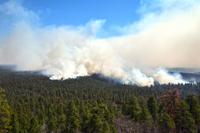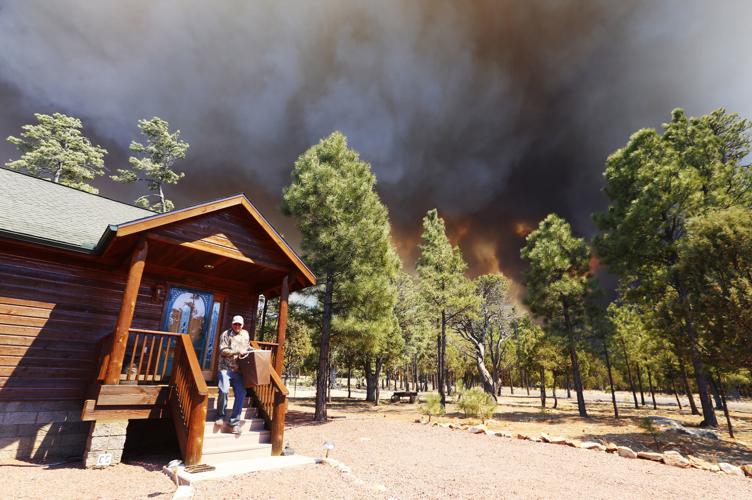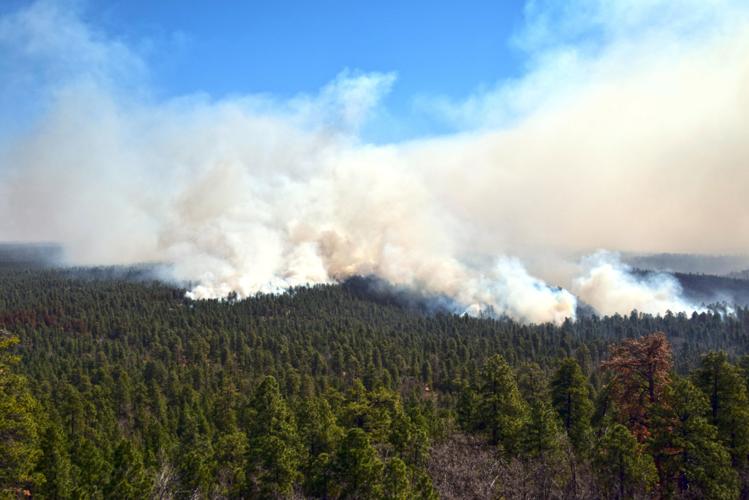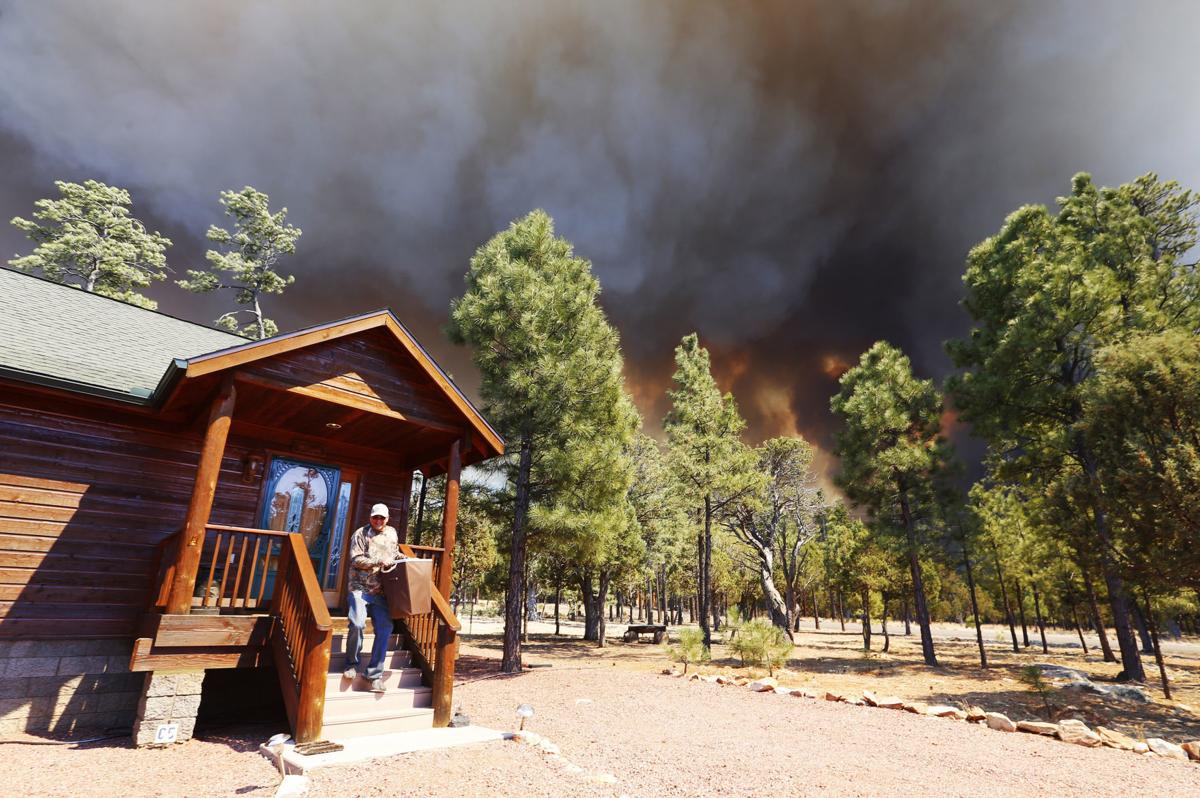Expect significant growth in the amount of area burned annually by wildfires across western North America in the coming decades, according to a study that included two University of Arizona researchers.
The team, which included professor Donald Falk in the UA school of Natural Resources and the Environment and regents professor emeritus Thomas Swetnam in the Laboratory of Tree-Ring Research, used nearly 35 years of data on climate and area burned in the western half of the United States and Canada to create its model. The study comes after a historically bad 2017 fire season in areas of California and western Canada — something that may become more common in the years ahead.
The researchers first sought to understand the relationship between the amount of area burned and the temperature and precipitation throughout winter, spring and summer. They then applied future climate forecasts to their model up through the middle of the century.
What they determined is that about half of the western United States and provinces in Canada should expect large increases in burned area — at least five times the current amount — while other areas could experience more modest increases in area burned.
Setting the stage
The Southwest is expected to get hotter and drier, a trend we’re already in the midst of and an important consideration as the 2018 wildfire season continues.
Zooming down to the local level, 2017 was the hottest year on record for Tucson, coming to a close with a yearly average temperature of 73.3 degrees, more than a full degree hotter than the previous record of 72.1 degrees in 2016 and 2014, according to the National Weather Service in Tucson.
Moreover, eight of the top 10 hottest years in Tucson have occurred since 2005.
Regionally, last year’s fire season was busy, but within normal range, said Rich Naden, fire weather meteorologist for the Southwest Coordination Center, which coordinates and mobilizes resources to fight wildfires.
By the end of the year, more than 125,000 acres of Arizona land burned under 83 fires, both natural and man-made, not including prescribed fires, said Heidi Schewel, a spokeswoman for the Coronado National Forest.
Since wrapping up last fire season, the rest of the year has been setting 2018 up to be a busy fire season.
November was the hottest on record. October and December were both second-hottest. Very little rain fell.
These conditions followed up the second-wettest July on record. Heavy rain followed by a long stretches of dry and hot conditions provides abundant fuel for fires.
Most of Arizona is currently in severe, extreme or exceptional drought — the highest levels reported by Drought Monitor.
These changes in seasonal climate could be what’s driving these fires to grow larger. Basically, the fire season is getting longer.
“We’re seeing the kind of fire behavior now that traditionally we wouldn’t have seen until late May or early June,” Falk said.
In Arizona, fire season has already started.
- The Rattlesnake Fire, in eastern Arizona, has burned 26,072 acres and is 82 percent contained. With recent rain, it’s not expected to grow.
- The Tinder Fire, which began April 27 in Coconino County, has burned 11,423 acres. Nearly 700 people are working on containment, with firefighting efforts helped by the cooler, wetter weather this week.
Fire season is expected to peak in late June, just before the monsoon arrives, according to National Interagency Fire Center reports.

Researchers say the western U.S. should be ready for future fires that could consume at least fives times the current burn areas.
In Arizona from May through July there is an above-normal chance that we will see higher-than-average temperatures and we will likely see near-normal rainfall, according to the National Oceanic and Atmospheric Association.
Given the latest conditions, Arizona should expect an above-normal chance of wildfires in May and June. But by July and August, the likelihood will return to normal levels, according to National Interagency Coordination Center.
In the coming decades, the western interior, which includes western states except for those along the U.S. coast, is expected to see the largest increase in area burned. “They are already the most fire-prone areas, and they are, on average, on the dry side,” Falk said.
Mitigation and future research
There are ways to mitigate the threat of increased area burned by fires, such as planned and controlled fires and forest thinning.
Both of these methods mimic processes that were naturally occurring before humans decided to extinguish wildfires as soon as they cropped up. Such processes — both man-made and natural — reduce fuel buildup so that when fires do occur they are mild. Too much fuel can lead to an overwhelming fire that decimates a forest ecosystem.
Moreover, after a fire overtakes a forest, the same forests don’t always grow back, Falk said. A forest can burn away and, for example, gamble oak can establish itself and flourish in a nonforest ecosystem.
“There’s nothing wrong with gamble oak,” Falk said. “It’s a native species, it’s a shrub that provides good wildlife habitat, it’s just not a forest and doesn’t provide the services we rely on,” such as locking up as much carbon dioxide .
Ecosystem change “is a naturally occurring thing,” Falk said, “but it is happening really fast because we’re pushing it,” under the stress of climate change.
Next, Falk plans to survey areas that have experienced burning in the past and see if the ecosystem changed or bounced back.






